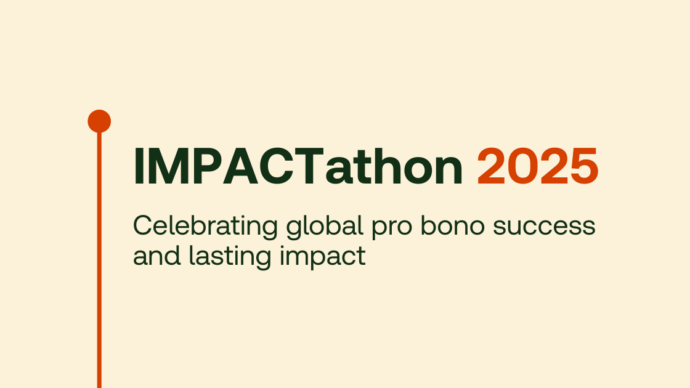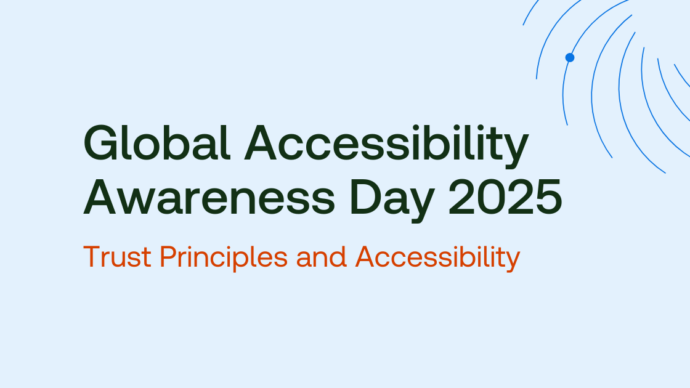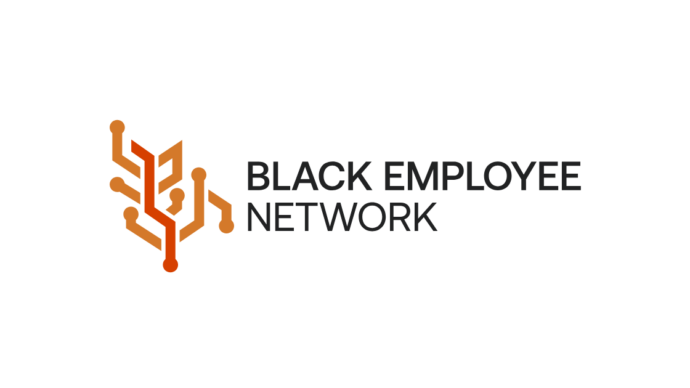Our purpose
How technology is modernizing the court system and enabling access to justice

Mahesh Rengaswamy, Senior Director, Digital Courts Strategy
To quote Attorney General Merrick Garland, who has reignited the Access to Justice program at the Federal Government level, “[t]here can be no equal justice without equal access to justice. And because we do not yet have equal access to justice in America, the task before us is urgent.”
Unraveling this statement spotlights the fact that justice systems are complex and difficult to understand, inefficient and cumbersome to leverage. From the language of law to jurisdictional boundaries within the system, to the ceremonial protocols – the system can seem intentionally peppered with barriers. Looking at it in broad daylight, access to justice is fundamentally a socio-economic issue, and regular citizens are the ones most impacted. Surveys by leading think tanks like Pew Research and Legal Services Corporations have shown that roughly 10% of the U.S. population (over 35M people!) are not getting adequate and necessary access to justice – especially the most vulnerable amongst us. This is a human-rights issue.
Unfortunately, this topic is incredibly complex, and it is a slow process to change laws, statutes, policies and ceremonial barriers to bring about change at scale to make justice more accessible. While political leaders in Washington debate policy, the vulnerable population can have a hard time getting its day in court on a simple eviction matter, or a custody matter affecting their day-to-day lives. While larger conversations do need to occur, bold leadership and the will to act is required to drive lasting change. At the same time, state and local governments can do their part with the powers they already have.
Firstly, there is the long-term and foundational need to better coordinate between law enforcement, prosecution and the courts in order to ensure there is a timely, digital flow of information. What is needed is the ability to share information across agencies in a seamless way including investing in technology that allows all relevant agencies and parties to upload, edit, review and share court documents. Many states have successful programs in place, but there is much more to be done – we are big country. and leaders need to come together and act.
Secondly, the increased use of technology to reach the margins of society where the real problems exist, where there is lack of representation and knowledge of the complex justice system, can significantly move the needle. When you provide a citizen with simple smart phone-based access directly to the court room and the judge, barriers come down, information can be presented in a timely manner and arguments quelled. Technology can do this today.
Video conferencing, digital sharing of critical evidence, delivered in multi-lingual solutions are a few tools that change the game. As access improves, a lot more can be done with artificial intelligence and machine learning – auto fill court forms with all necessary details, recommend the right case journey based on circumstances, surface relevant case law to bolster your case and more.
Going back to Attorney General Garland’s mission to promote accessibility, ensure fairness and increase efficiency, let’s use the technology available today to act now and deliver increased access to justice to those who need it most. This change will make a material difference in the lives of so many people while we wait for government decision makers to address the larger socio-economic driven challenges hindering access to justice.
Learn more about
Join our talent community
Stay connected with us by joining our talent community


